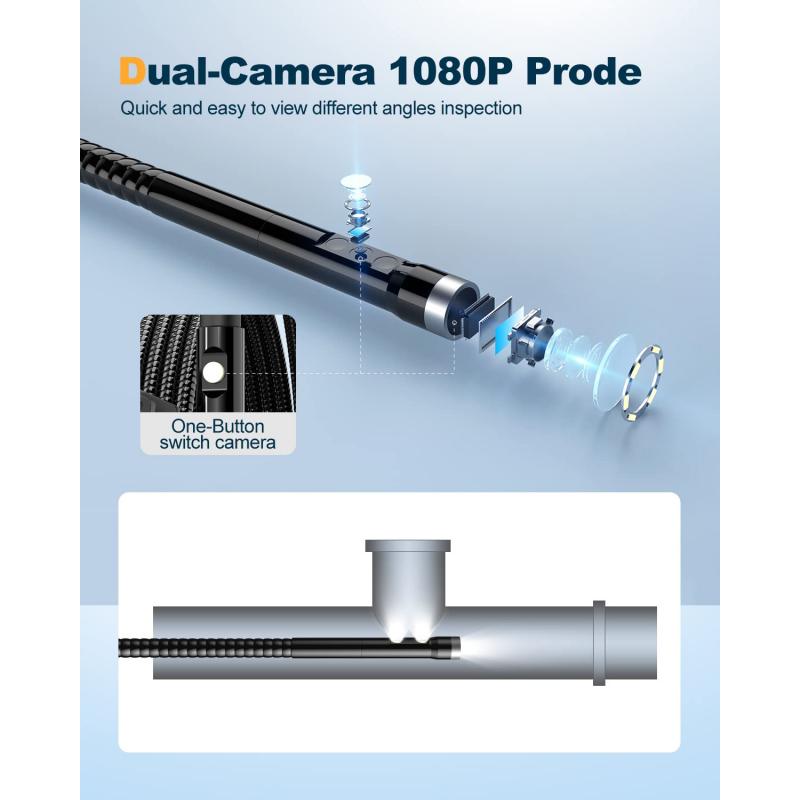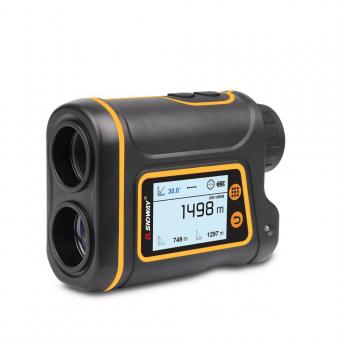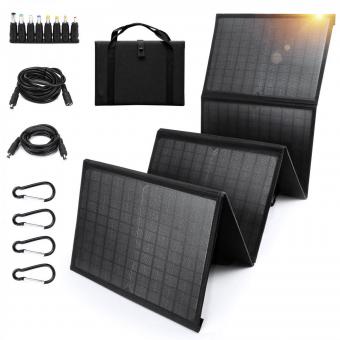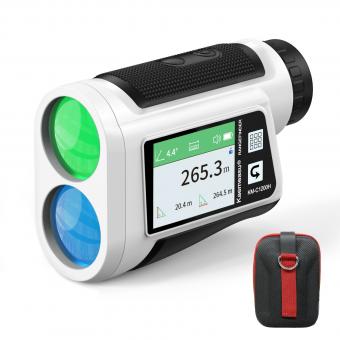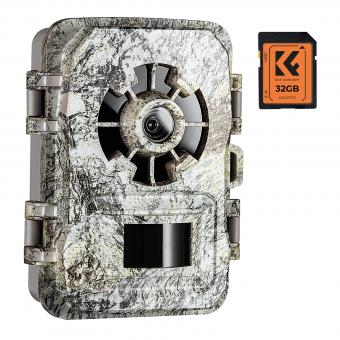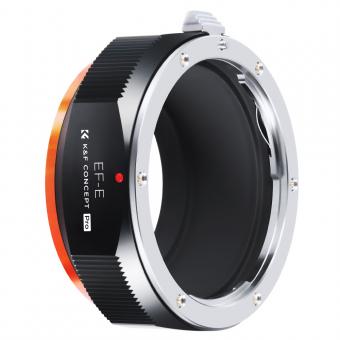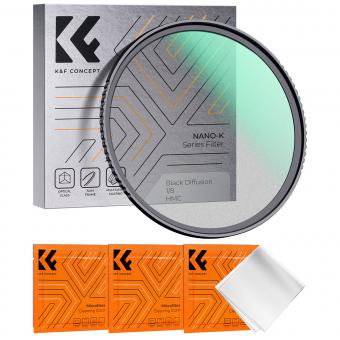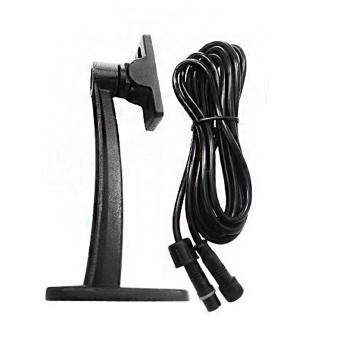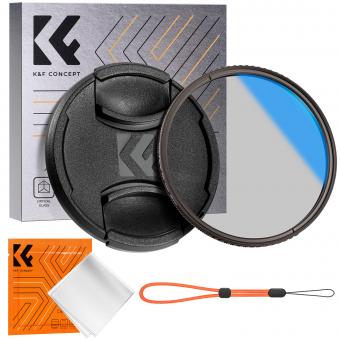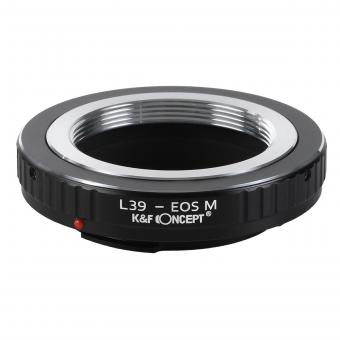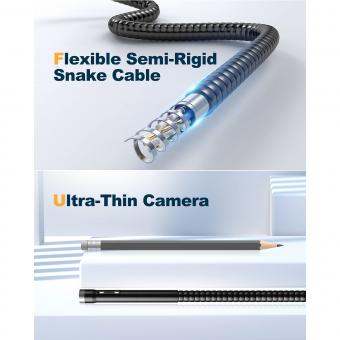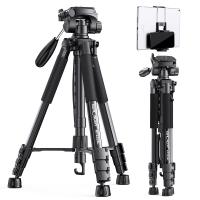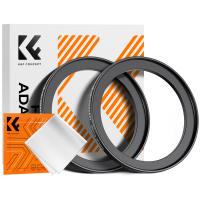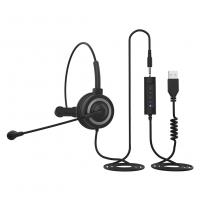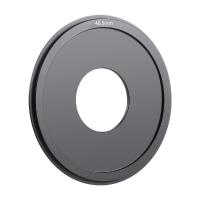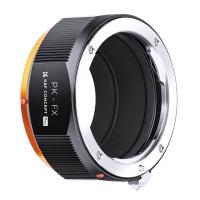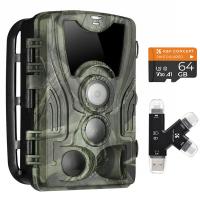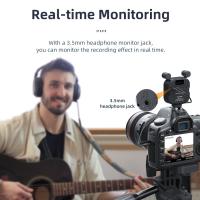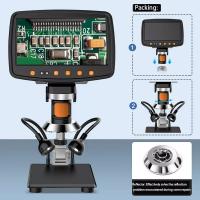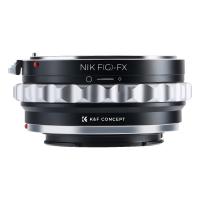What Is Endoscopic Septoplasty ?
Endoscopic septoplasty is a surgical procedure used to correct a deviated septum, which is a condition where the nasal septum (the thin wall of bone and cartilage that separates the two nostrils) is crooked or off-center. The procedure is performed using an endoscope, which is a thin, flexible tube with a camera and light attached to it. The endoscope is inserted through the nostrils, allowing the surgeon to see and access the septum without making any external incisions. The surgeon then uses specialized instruments to straighten and reposition the septum, improving airflow through the nose and reducing symptoms such as congestion, snoring, and sleep apnea. Endoscopic septoplasty is a minimally invasive procedure that typically results in less pain, scarring, and downtime than traditional septoplasty surgery.
1、 Endoscopic surgery
Endoscopic septoplasty is a surgical procedure that is used to correct a deviated septum. The septum is the wall of cartilage and bone that separates the two nostrils. When the septum is deviated, it can cause breathing difficulties, snoring, and other problems. Endoscopic septoplasty is a minimally invasive procedure that uses a small camera and specialized instruments to correct the deviation.
During the procedure, the surgeon makes a small incision in the nostril and inserts an endoscope, which is a small camera that allows the surgeon to see inside the nose. The surgeon then uses specialized instruments to straighten the septum and remove any excess tissue. The procedure is typically performed under local anesthesia and takes about an hour to complete.
Endoscopic surgery has become increasingly popular in recent years due to its minimally invasive nature and the fact that it can be performed on an outpatient basis. Patients typically experience less pain and a faster recovery time compared to traditional open surgery.
However, it is important to note that endoscopic septoplasty may not be suitable for all patients. In some cases, traditional open surgery may be necessary to correct the deviation. It is important to consult with a qualified surgeon to determine the best course of treatment for your individual needs.
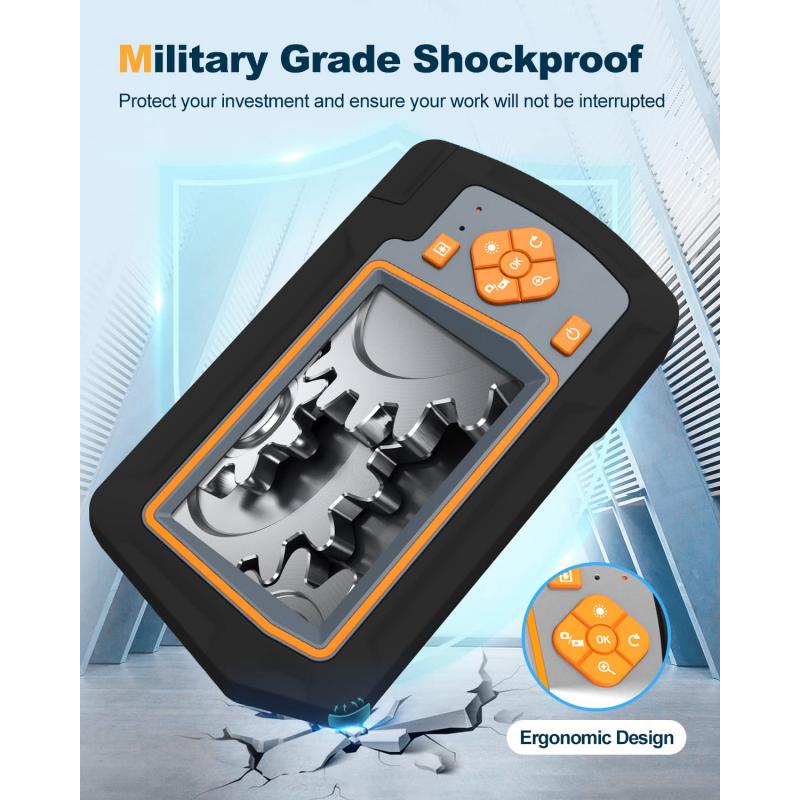
2、 Septoplasty
Endoscopic septoplasty is a minimally invasive surgical procedure used to correct a deviated septum. The septum is the cartilage and bone that separates the two nostrils, and when it is deviated, it can cause breathing difficulties, snoring, and other problems. Endoscopic septoplasty involves the use of a small camera and specialized instruments to access and reshape the septum without making any external incisions.
During the procedure, the surgeon makes a small incision inside the nostril and inserts the endoscope, which provides a clear view of the septum. The surgeon then uses specialized instruments to remove or reshape the cartilage and bone as needed to correct the deviation. Because the procedure is minimally invasive, there is less pain, scarring, and downtime compared to traditional septoplasty.
Recent studies have shown that endoscopic septoplasty is a safe and effective option for correcting a deviated septum. It has a high success rate and can improve breathing, reduce snoring, and improve overall quality of life for patients. Additionally, the use of endoscopic technology allows for more precise and targeted correction of the septum, leading to better outcomes and fewer complications.
In conclusion, endoscopic septoplasty is a minimally invasive surgical procedure used to correct a deviated septum. It is a safe and effective option that can improve breathing and reduce snoring, and it has a high success rate. The use of endoscopic technology allows for more precise and targeted correction of the septum, leading to better outcomes and fewer complications.

3、 Nasal obstruction
Endoscopic septoplasty is a surgical procedure used to correct a deviated septum, which is a common cause of nasal obstruction. The procedure involves using an endoscope, which is a thin, flexible tube with a camera and light attached to it, to visualize the inside of the nose and guide the surgeon in making precise incisions to straighten the septum.
During the procedure, the surgeon will make small incisions inside the nose and use specialized instruments to remove or reposition the cartilage and bone that make up the septum. The goal of the surgery is to improve airflow through the nasal passages and alleviate symptoms such as congestion, snoring, and difficulty breathing.
Endoscopic septoplasty is considered a minimally invasive procedure, as it does not require any external incisions or cutting of the skin. This means that patients typically experience less pain, scarring, and downtime compared to traditional septoplasty techniques.
Recent studies have shown that endoscopic septoplasty is a safe and effective treatment option for patients with nasal obstruction. In addition, advancements in technology and surgical techniques have made the procedure even more precise and minimally invasive, with improved outcomes and patient satisfaction.
Overall, endoscopic septoplasty is a valuable tool in the management of nasal obstruction, providing patients with a safe and effective option for improving their quality of life.
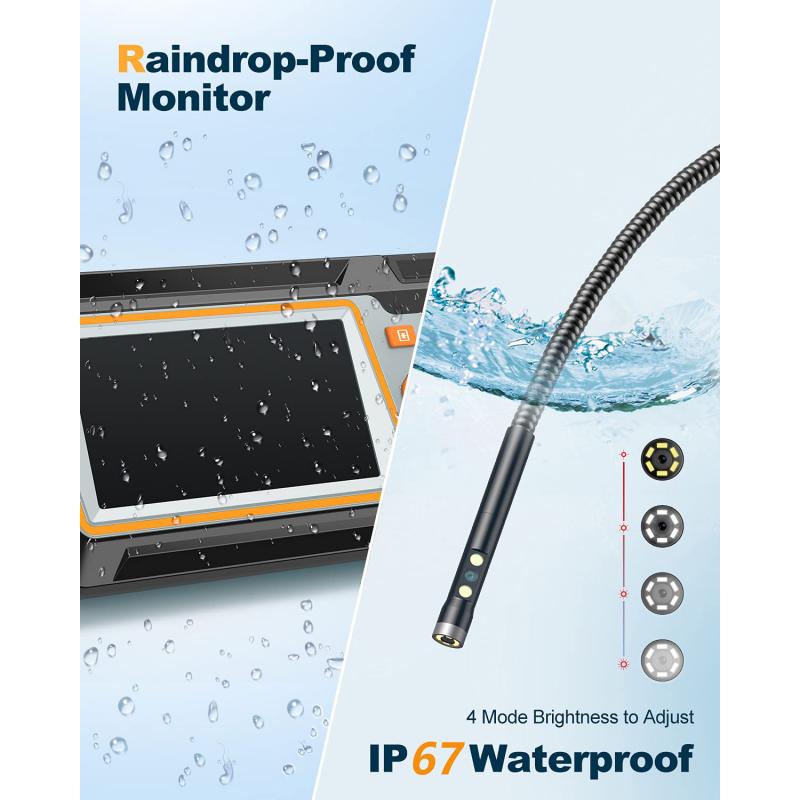
4、 Surgical technique
Endoscopic septoplasty is a surgical technique used to correct a deviated septum, which is a common condition where the nasal septum (the thin wall of bone and cartilage that separates the two nostrils) is displaced to one side, causing breathing difficulties and other symptoms. This procedure is performed using an endoscope, which is a thin, flexible tube with a camera and light source attached to it. The endoscope is inserted through the nostrils, allowing the surgeon to visualize the nasal cavity and make precise incisions to straighten the septum.
Endoscopic septoplasty is a minimally invasive procedure that offers several advantages over traditional septoplasty, including less pain, faster recovery time, and reduced risk of complications. It also allows for more accurate and precise correction of the deviated septum, resulting in improved breathing and reduced symptoms.
Recent studies have shown that endoscopic septoplasty is a safe and effective procedure with high patient satisfaction rates. However, it is important to note that not all cases of deviated septum require surgery, and non-surgical treatments such as nasal sprays and allergy medications may be effective in some cases. It is important to consult with a qualified ENT specialist to determine the best course of treatment for each individual case.
